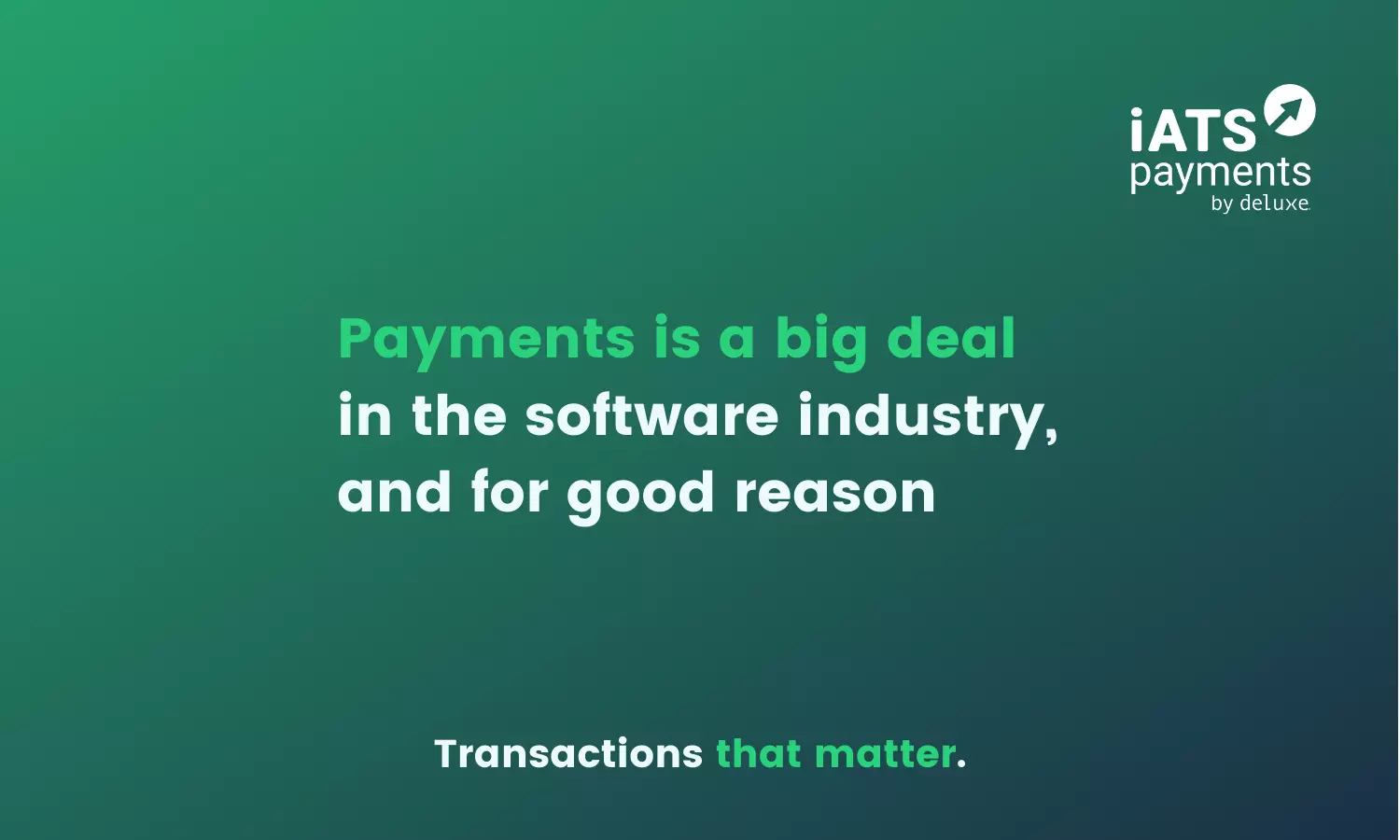Successfully integrating payments can enhance the customer experience, reduce attrition, increase the total addressable market and generate revenue. As multiples climb, entrepreneurs see the financial benefits that payments can bring to a future valuation, as well as increasing the company’s overall attractiveness to potential acquirers. This audience could also include payment companies that are now actively buying vendors with significant payment volume.
There is a catch, though: the business of payments is very different to software. Its level of complexity, dependencies and variables, not to mention risks (compliance, security and financial) make it more difficult to tackle than a product or feature.
Given this complexity, a measured approach makes sense. Start by fulfilling the customer’s immediate need. Advance by creating a deeper payments partnership, creating a more seamless customer journey and adding a revenue stream. Use that knowledge to enter payments fully; making a significant investment to bring it in-house, capturing the lion’s share of margin and owning the experience (and risk) as a result. In short: become a payment processor.
But who has time for that!
Enter the new breed of payment solution provider that has entered the market to cater to this demand. They have evolved the traditional integrated payment models and repackaged them, coining terms like “Payfac”, and positioned as the holy grail of integrated payments, although few actually understand its true meaning or implications.
Don’t get me wrong; the payment industry is clearly ripe for modernization. Any company that is investing in payment innovation, whether a startup or established processor, is contributing to the rising tide that will lift all boats.
These are still early days, though, and while firms like Stripe and WePay have created sizeable businesses on the back of this trend, the payment landscape is changing fast, and there is still no single solution or model that caters to every requirement.
For software companies that are considering a move to payments but do not have any domain experience, the risk is they will be taken down a path that fits a specific model (ISO, payfac, aggregator, referral) and not one that responds to their needs. Worse, they perhaps haven’t even identified the requirements at all, joining the collective integrated payments FOMO without contemplating any long-range payment strategy or discussion.
If you drown out the noise around payments, the question should be simple (and the one that likely originated the software company in the first place): what problem are you trying to solve? And when answering that question consider - will a deeper payment strategy enhance your customer experience? Will it reduce your current dev costs that currently support 10+ gateways? Will it add unnecessary risk? Is this purely about generating additional revenue? These are all excellent questions, and each one of them can be addressed with multiple approaches.
The value of integrating payments is clear, but the successful implementation and consequences of it are complex and meaningful. Any company that is going down this path should start by defining success (short and long term) for their business and clients, understand the true implications of such a move and determine organizational readiness to execute. Without that, and the right partner in the process, the tail could wag the dog with potentially unpleasant consequences.




 Support Center
Support Center